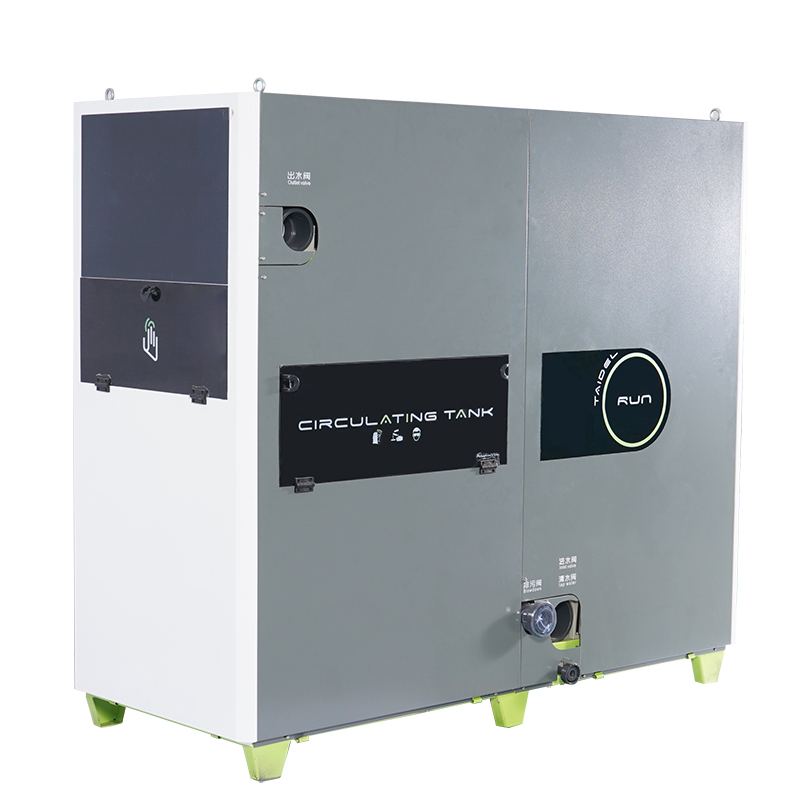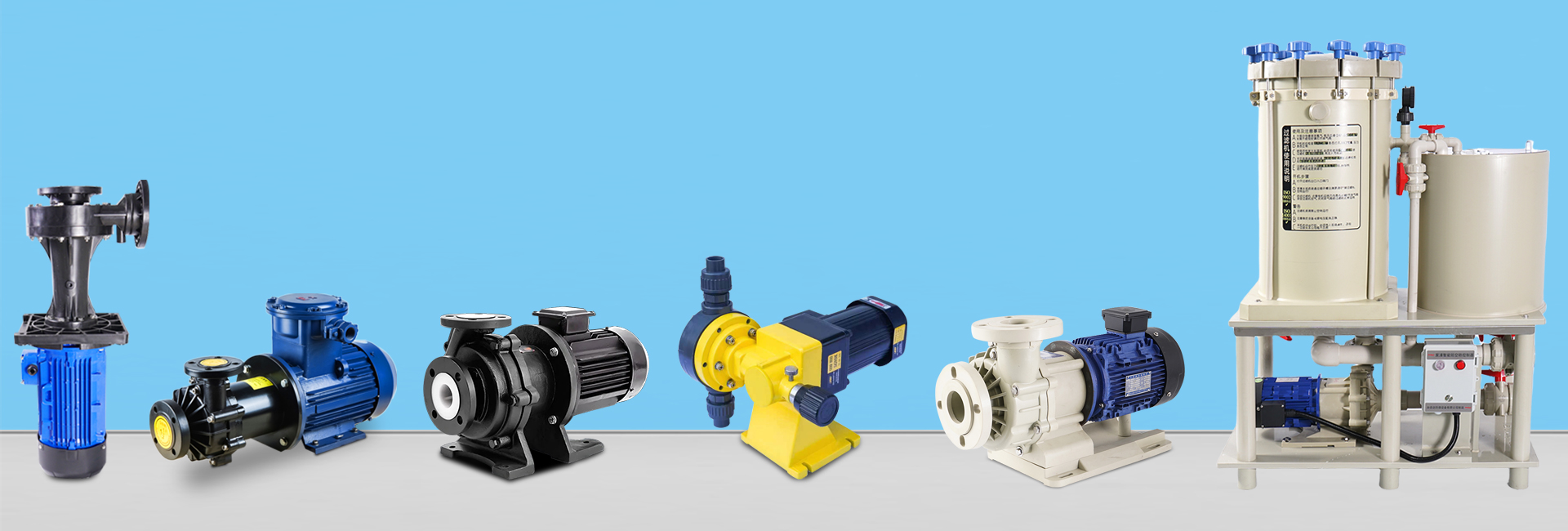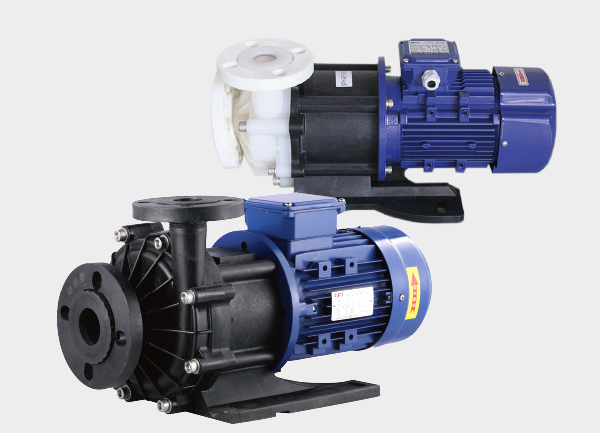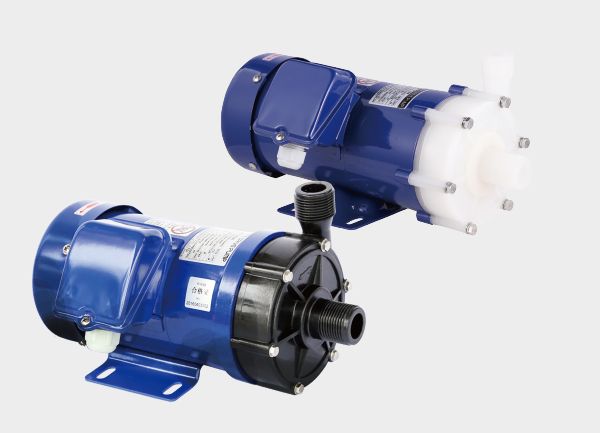Filter clogging is a common issue in industrial systems, often leading to increased pressure, reduced flow, and unstable equipment operation. Understanding the causes and implementing effective maintenance strategies can significantly improve system reliability and efficiency.

🧩 1. Common Causes of Filter Clogging
Poor filter media quality
The filtration precision is too high or the filter element material is unsuitable, causing impurities to accumulate quickly.High impurity content in process fluid
The liquid or process medium contains excessive solid particles, sediments, or suspended matter.Insufficient maintenance or replacement
The filter element is not cleaned or replaced for long periods, leading to blockage of the filter layer.Incorrect installation or flow direction
Improper installation may create turbulence or sediment buildup, reducing filter performance.Lack of pressure monitoring
Without a differential pressure gauge, clogging often goes unnoticed until performance drops severely.
⚙️ 2. Solutions to Filter Blockage
Clean or replace the filter element regularly
When the differential pressure between inlet and outlet exceeds the set value (typically 0.05–0.1 MPa), it’s time to clean or replace the element.
Cleaning methods include backwashing, ultrasonic cleaning, or solvent soaking, depending on the media type.
Optimize filter selection
Choose proper filtration precision and material (e.g., stainless steel mesh, fiberglass, polypropylene).
For high-contaminant systems, consider multi-stage filtration (coarse + fine) or automatic backwash filters.
Improve pre-filtration conditions
Install pre-filters such as basket strainers or Y-type filters to reduce load on the main filter.
Minimize solid contamination at the source to extend filter life.
Monitor pressure and flow variations
Use differential pressure gauges or automatic alarms to detect early clogging and schedule maintenance proactively.
Use self-cleaning or backwash filters
For continuous operation systems (e.g., cooling water loops, chemical fluid lines), automatic backwash filters are ideal to avoid shutdowns for cleaning.
🧰 3. Preventive Measures
Establish a regular maintenance plan based on pressure difference monitoring.
Implement online monitoring systems to track filter performance in real time.
Design systems with bypass pipelines for easy maintenance without shutdown.
Maintain appropriate flow velocity to reduce particle sedimentation inside the filter.
📌 Example: Chemical Industry Case
A chemical plant experienced frequent filter clogging due to high impurity levels and overly fine filtration (5 μm).
After upgrading to a two-stage system (20 μm pre-filter + 5 μm fine filter), the maintenance interval tripled, and system pressure stabilized significantly.
✅ Conclusion
Clogging in industrial filters is inevitable but manageable. Through proper filter selection, regular cleaning, and smart monitoring, you can greatly enhance system uptime and reduce maintenance costs.







